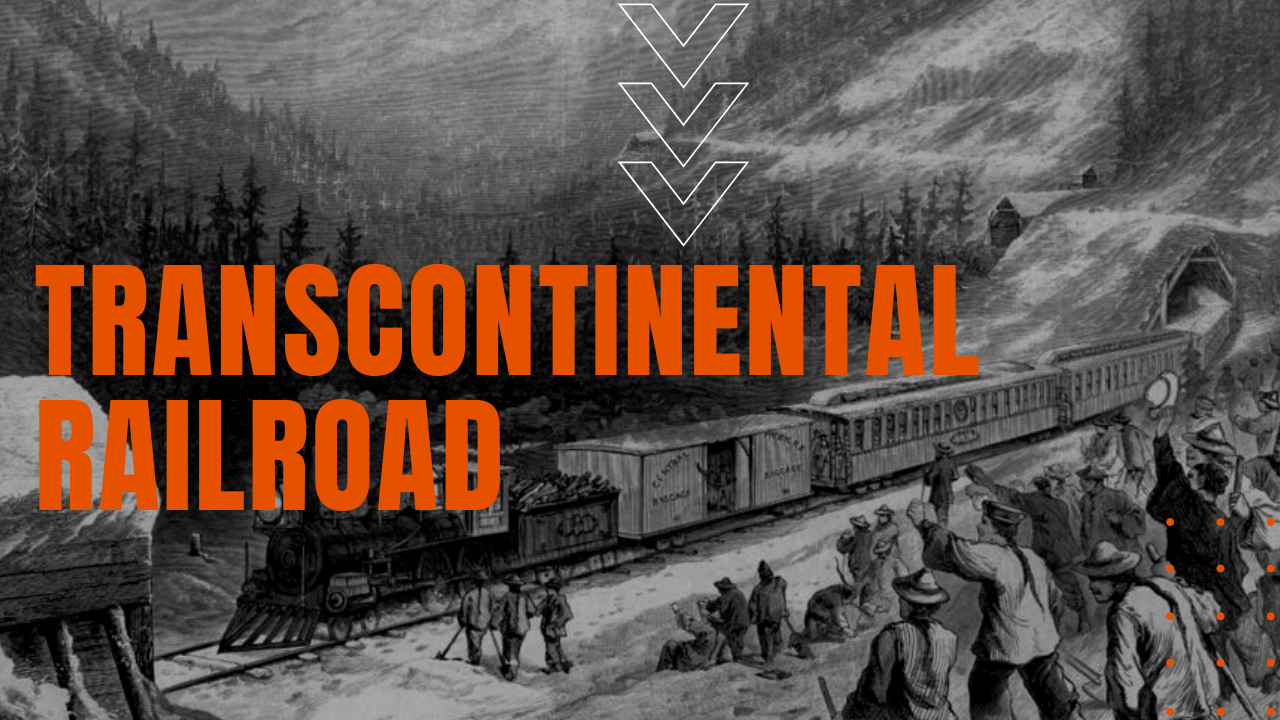Transcontinental Railroad

After the nation’s first steam locomotive made its appearance in 1830, the East Coast of America added 9,000 miles of railroad track over the next two decades, linking city upon city as far west as Nebraska.
Once gold was discovered in California, followed by The Silver Lode in Virginia City, Nevada, political will combined with the spirit of American entrepreneurship to build the first Transcontinental Railroad.
In 1860, a young engineer named Theodore Judah identified the infamous Donner Pass in northern California as the best location to transit through the formidable Sierra Nevada mountains, and by 1861, Judah had enlisted a group of investors in Sacramento to form the Central Pacific Railroad Company.
Railroads Race to Connect Tracks
After President Lincoln signed the Pacific Railroad Act in 1862, over the next seven years, the Central Pacific and Union Pacific Railroad Companies would race toward each other from Sacramento on the one side to Omaha, Nebraska on the other. Each company would receive 6,400 acres of land—later doubled to 12,800 acres—and $48,000 in government bonds for every mile of track laid.
In the West, the Central Pacific was dominated by the “Big Four,” which comprised ambitious entrepreneurs Charles Crocker, Leland Stanford, Collis Huntington and Mark Hopkins, each man lacking any prior experience with railroads, engineering or construction.
Disillusioned with his partners, Judah planned to recruit new investors to buy them out, but he caught yellow fever while transiting the Isthmus of Panama and died in November of 1863. Meanwhile, in Omaha, Dr. Thomas Durant illegally captured controlling interest in the Union Pacific Railroad Company, giving him authoritarian rule over the company’s forward progress.
Once construction began, the company suffered horrific attacks on its workers by Native Americans, including the Sioux, Arapaho and Cheyenne tribes. Despite these setbacks, the Union Pacific laid tracks across the plains with relative ease, while the Central Pacific struggled through the inhospitable terrain of the Sierras.
Transcontinental Railroad Spans The Wild West
Ramshackle settlements popped up wherever the railroad went, turning into hotbeds of drinking, gambling, prostitution and violence, forever cementing the mythology of the Wild West. Built primarily by Chinese and Irish immigrants, the two competing companies would join rails at Promontory Summit, Utah, just north of the Great Salt Lake, some 690 track-miles east of Sacramento and 1,086 miles west of Omaha.
On May 10th, 1869, the Central Pacific and Union Pacific Railroad Companies held their Golden Spike Ceremony when Leland Stanford took the first swing at a 17.6-karat gold spike that connected the two opposing approaches of railroad track. Thomas Durant took the second swing and missed, due in large part to a raging hangover from a celebratory party the night before.
